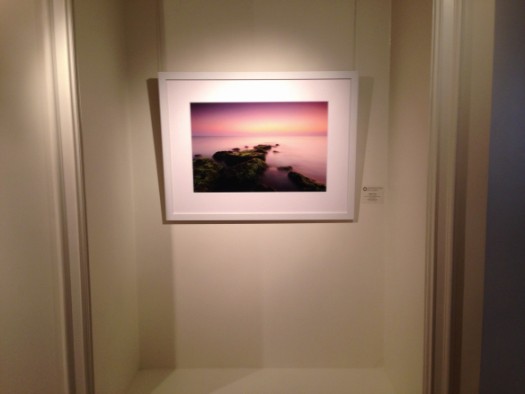I’m just back from a short trip to the Palm Springs area. It was a fun trip that allowed me to spend some time photographing in and around Joshua Tree National Park. I flew to Los Angeles and drove the 120 or so miles out into the desert to Palm Springs. What struck me as I entered the Palm Springs area were the vast numbers of wind turbines, rather than the one or two that I see dotted around here in the North East.
As striking as the valley of wind turbines was, I found it quite difficult to find a place to take a photograph that I felt captured the shear number of them. Those that are bolder than I would surely have used one of the access roads that the maintenance people use to service these things to get in amongst them. However, after driving around for a few days I eventually figured out that the railway station parking lot had a pretty good view and so I spent some time one of the evenings photographing from there and got the image above, which for now I quite like.
I’m still working through the rest of my images from the trip, but I’ll be sure to post more here as I find ones that I like. As always comments welcomed and appreciated.





















